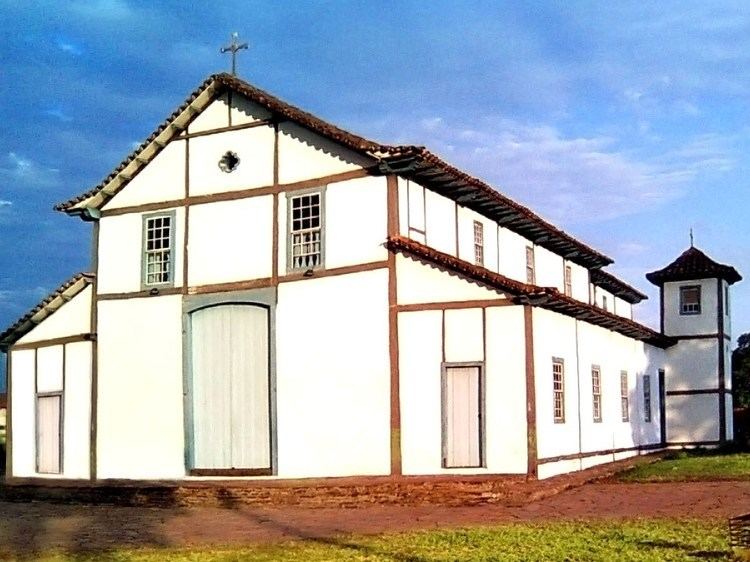Population 18,370 (IBGE 2007) Postcode (CEP) 76160-000 Website none | Elevation 917 m above sea level Became a city 1847 Area 2,265 km² | |
 | ||
IBGE statistical microregion Pires do Rio Microregion | ||
Silvânia is a municipality in southcentral Goiás state, Brazil.
Contents
- Map of SilvC3A2nia State of GoiC3A1s Brazil
- Location and highway connections
- Political information
- Demographics
- The economy
- Education 2006
- Health 2007
- Tourism and History
- References
Map of Silv%C3%A2nia - State of Goi%C3%A1s, Brazil
Location and highway connections
Silvânia is located 77 kilometers from the state capital of Goiânia, 180 km. from the national capital of Brasília, and 65 from the second most important city of the state, Anápolis. The highways that link it with other cities are: GO-330, GO-010, GO-139 and GO-437.
Connections starting in Goiânia are made by BR-457 / GO-010 / Bonfinópolis / Leopoldo de Bulhões / GO-437 / GO-139. See Sepin for all the distances.
It borders the municipalities of Gameleira de Goiás, Abadiânia and Alexânia to the north; Vianópolis, São Miguel do Passa Quatro and Bela Vista de Goiás to the south; Luziânia and Orizona to the east; Caldazinha and Leopoldo de Bulhões to the west.
The climate is tropical humid, with an average annual temperature of 23 °C. The annual rainfal is 1,750 millimeters. The vegetation is cerrado or savanna.
Political information
Demographics
The economy
The main economic activities are dairy cattle and soybean growing. Silvânia has large areas planted in soybeans and corn. Brick making is also very important for the local economy. Production is shipped to Goiânia and Brasília.
Agricultural data 2006
Education (2006)
Silvânia is home to two of the most important schools in the last century in Goiás, Instituto Auxiliadora and Ginásio Anchieta.
Health (2007)
Human Development Index
Frigoletto
Tourism and History
Silvânia has cultural attractions that are valuable for local and regional culture. Monuments from the eighteenth century, century-old houses, possible archeological and remains of the bandeirante and Black colonization are some of the attractions.
Presently Silvânia has about 14 establishments related to tourism: six hotels, five restaurants and three camping grounds.[
Unlike many cities in the state of Goiás, Silvânia has a long history, beginning in 1774 when miners coming from Santa Luzia, present-day Luziânia, found gold in the region. Soon a small settlement, called Bonfim, was established. In 1943 Bonfim was substituted by Silvânia in tribute to a local figure, Vicente Miguel da Silva.
